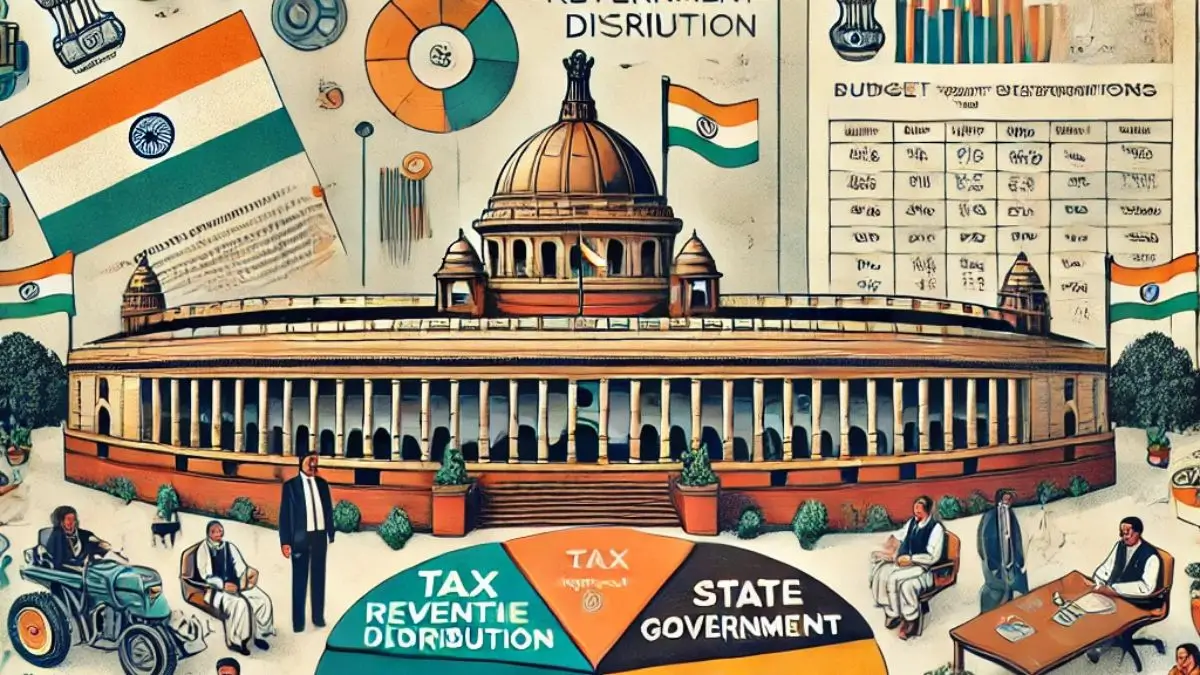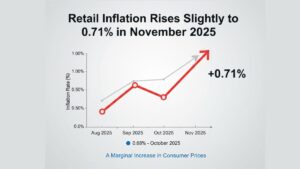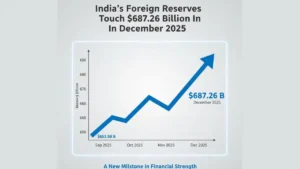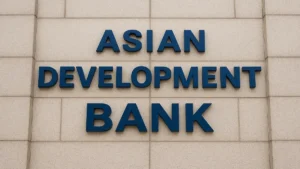The Union government is considering a reduction in the share of central tax revenues allocated to states, from the current 41% to at least 40%. The recommendation will be submitted to the Finance Commission of India, chaired by economist Arvind Panagariya, which is set to present its report by October 31, 2025, for implementation from fiscal year 2026-27. The move, aimed at addressing the Union government’s rising expenditure needs, may escalate tensions between the central and state governments. Additionally, the Centre plans to impose conditions on revenue-deficit grants to curb freebies and debt waivers by state governments.
Key Highlights of the Proposal
Tax Share Reduction for States
- The Centre will propose reducing states’ tax share from 41% to at least 40%.
- The proposal is expected to be approved by the Union Cabinet by March 2025 before being sent to the Finance Commission.
- A 1% reduction in states’ share could provide the Centre with an additional ₹350 billion ($4.03 billion) in revenue.
- The Finance Commission’s recommendations are advisory and not legally binding on the government.
Reasons for Reducing States’ Share
- The federal government’s fiscal deficit for 2024-25 is estimated at 4.8% of GDP, while states’ fiscal deficit stands at 3.2%.
- The share of states in tax devolution has increased from 20% in 1980 to 41% now.
- The Centre’s spending requirements have increased, especially during economic slowdowns and after COVID-19.
- Rising cesses and surcharges (not shared with states) now account for over 15% of the Centre’s tax revenue, up from 9-12% earlier.
Impact on State Revenues & Spending
- States contribute over 60% of total government spending, focusing more on health, education, and welfare programs, while the Centre focuses on infrastructure projects.
- Since the introduction of GST in 2017, states have limited autonomy in raising additional revenues.
- Reduced tax transfers may force states to reallocate their spending priorities.
Restrictions on Freebies & Grants to States
- The Centre is considering linking revenue-deficit grants to states meeting certain conditions.
- This move aims to discourage states from offering freebies, debt waivers, and cash handouts for political gains.
- It is unclear if the Centre will completely deny grants to states engaging in such expenditure.
- Revenue-deficit grants have declined significantly, from ₹1.18 trillion ($13.61 billion) in 2021-22 to ₹137 billion ($1.58 billion) in 2025-26.
| Summary/Static | Details |
| Why in the news? | Centre’s Proposal to Reduce States’ Share of Central Taxes from 2026 |
| Proposal | Reduce states’ tax share from 41% to at least 40% |
| Implementation Year | 2026-27 fiscal year |
| Finance Commission | Head Arvind Panagariya |
| Expected Cabinet Approval | By March 2025 |
| Revenue Impact | 1% reduction = ₹350 billion ($4.03 billion) gain for Centre |
| Fiscal Deficit (2024-25) | Centre: 4.8% of GDP; States: 3.2% of GDP |
| State Spending | Focus Health, education, social welfare |
| Centre Spending Focus | Physical infrastructure |
| GST Impact on States | Limited revenue-raising capacity |
| Revenue-Deficit Grants (Decline) | ₹1.18 trillion (2021-22) → ₹137 billion (2025-26) |
| Restrictions on Freebies | Grants may be linked to states’ fiscal discipline |



 Retail Inflation Rises Slightly to 0.71%...
Retail Inflation Rises Slightly to 0.71%...
 India’s Foreign Reserves Touch $687.26 B...
India’s Foreign Reserves Touch $687.26 B...
 ADB Raises India’s Growth Forecast to 7....
ADB Raises India’s Growth Forecast to 7....







